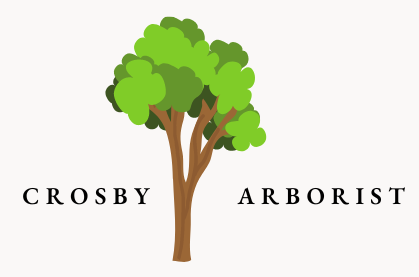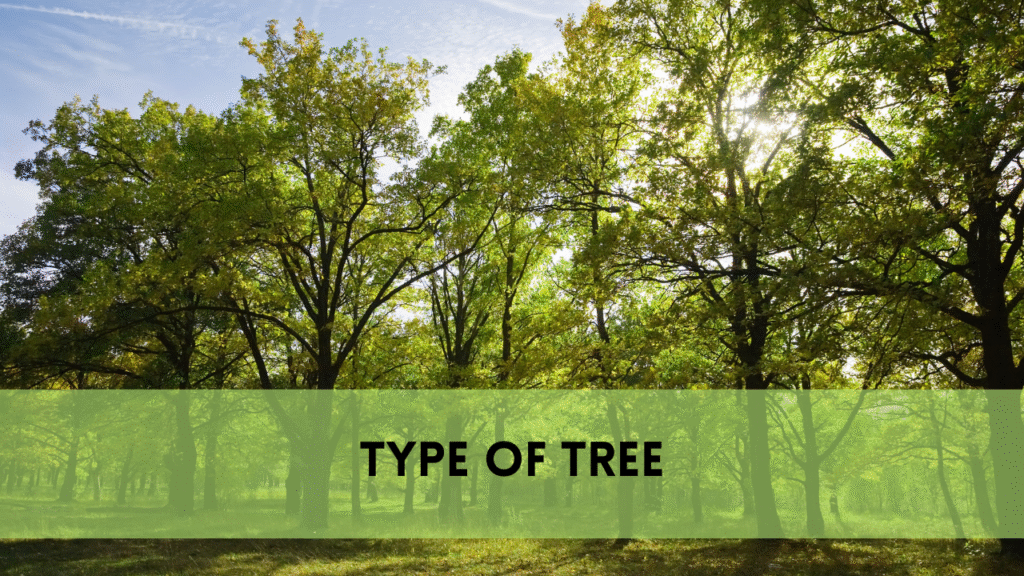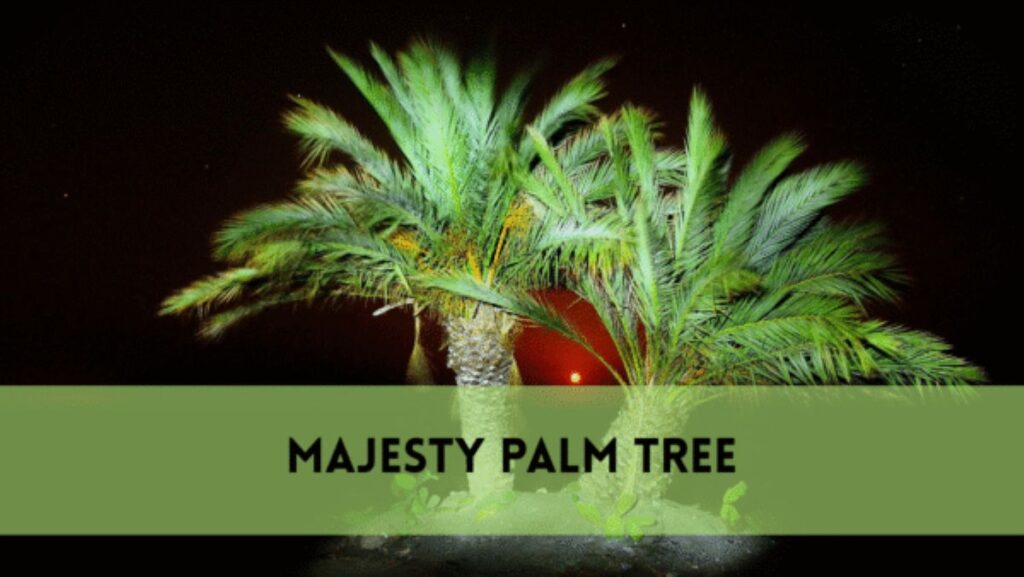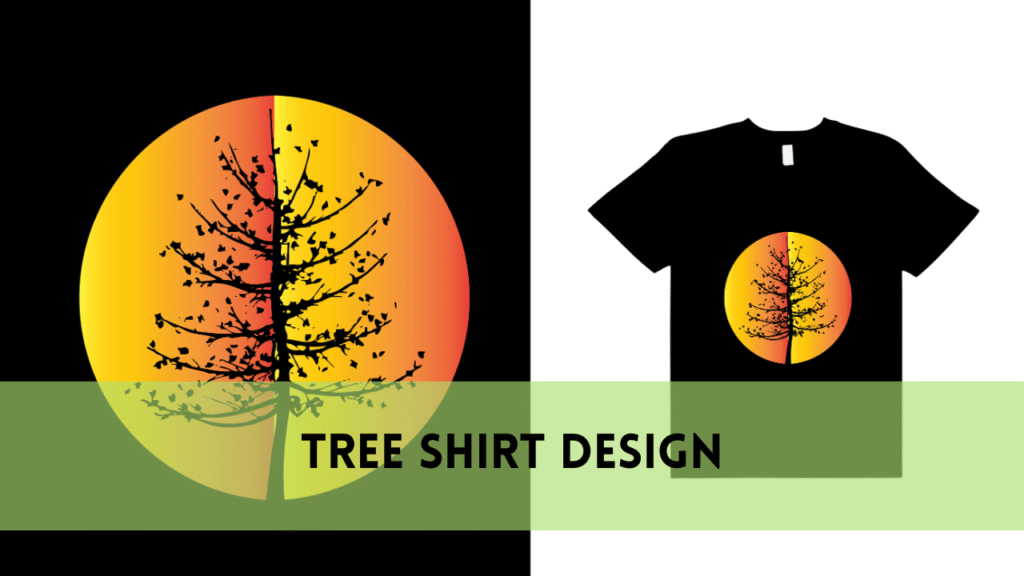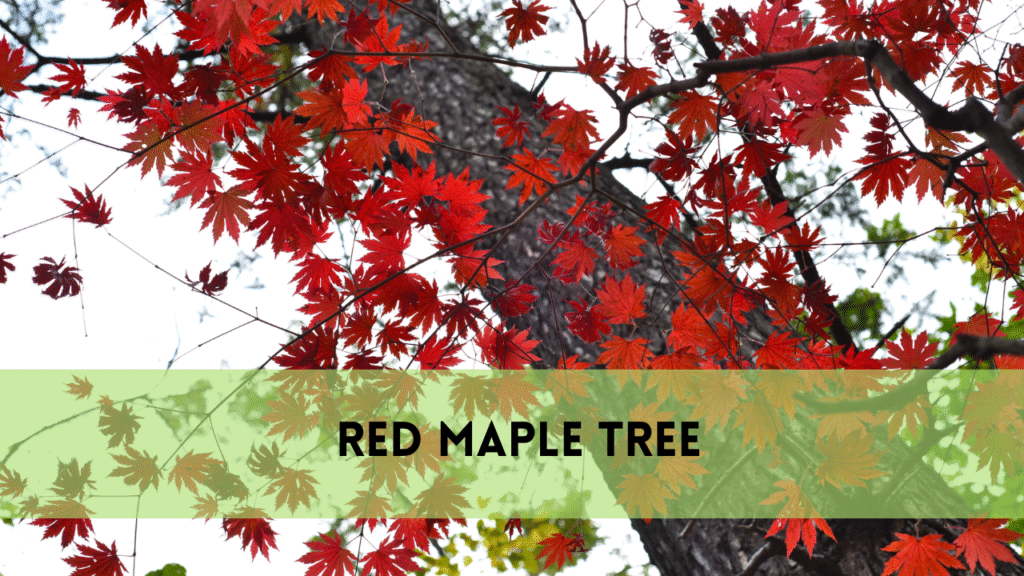The type of tree plays an important role in the shaping of our world by providing shade, oxygen and even providing a habitat for numerous species. No matter how tall oaks are or the fragile cherry blossoms every kind of tree has its own distinct tale to share. This article will explore the world of trees by exploring their variety, benefits as well as the important part they play in our natural ecosystem.
Why the Type of Tree Matters
There are many different types of trees that are identical. The kind of tree is a factor in its growth pattern, duration and even the amount it contributes to the ecosystem. Certain trees, such as the redwoods that are mighty, last for many thousands of years and others, like the Birch, thrive in cooler climates, with shorter life spans. Knowing the various types of trees helps us understand their importance to the environment and assists us in selecting the appropriate trees for landscaping or reforestation.
Common Types of Trees and Their Characteristics
1. Deciduous Trees: The Seasonal Showstoppers
Deciduous trees like oaks and maples shed their leaves in the autumn which creates a spectacular display of hues. This kind of tree is prevalent in regions with temperate climates and offers great shade in summer, and allows sunlight to pass through during winter.
2. Evergreen Trees: Nature’s Year-Round Guardians
In contrast to deciduous trees like as spruces and pines–keep their greenery all year. This kind of tree is perfect for privacy screens and windbreaks providing a consistent greenery during harsh winters.
3. Fruit Trees: Beauty and Bounty Combined
From mango to apple trees, this kind of tree is not just great for landscaping but also offers the nutrients needed for a healthy harvest. Fruit trees require particular climates and are a favourite for gardeners who appreciate both aesthetics and practicality.
4. Coniferous Trees: The Hardy Survivors
Conifers, such as firs and cedars, are renowned for their needle-like leaves as well as their cone-bearing characteristics. This species thrives in mountainous, colder areas and is commonly utilized for wood and paper production.
5. Tropical Trees: The Exotic Wonders
Palms and rubber trees come in this category, and flourish in humid climates that are warm and humid. This kind of tree is crucial to rainforest ecosystems, sustaining biodiversity as well as producing products like coconuts and latex.
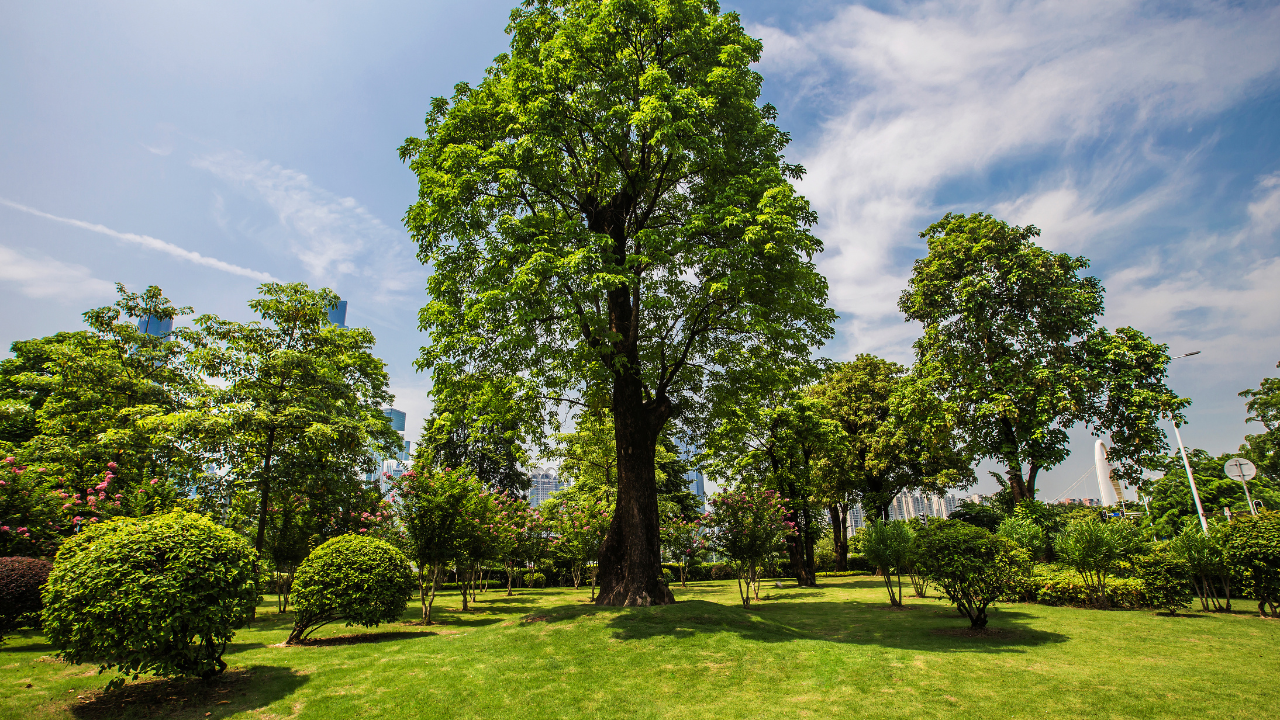
How the Right Type of Tree Benefits the Environment
Each type of tree is unique to the world. Deciduous trees enhance the quality of air by absorption of carbon dioxide. Likewise, evergreens help prevent soil erosion by utilizing its deep roots. Fruit trees are a source of pollinators and tropical trees ensure the balance that is delicate in the rainforest habitat.
The right kind or tree at the appropriate spot will guarantee the long-term viability of the tree. Urban areas benefit from shade-producing species, whereas rural reforestation initiatives could focus on the fastest-growing species to rebuild ecosystems rapidly.
Choosing the Best Type of Tree for Your Needs
If you’re a homeowner farmer, or environmentalist, choosing the right kind of tree is crucial. Consider:
- Climate Compatibility Can the tree be able to withstand the local climate conditions?
- Scope Do you require shade or fruit, or even ornamental beauty?
- Maintenance Some trees need more attention than others.
A consultation with an arborist will help you make an informed choice based upon the specific requirements of your situation.
The Future of Trees: Conservation and Reforestation
Deforestation is a threat to many species of trees which makes conservation efforts crucial. Worldwide, organizations have planted millions of trees in order to combat climate change, however the appropriate kind of tree has to be selected to ensure its sustainability and balance in the ecosystem.
Participating in sustainable forestry and taking part in local tree-planting programs will make a difference. Every kind of tree that is planted today is an investment for the future.
FAQs
Is there a most popular type of tree that is found in urban regions?
Deciduous trees such as maples and oaks are popular because of their shade and beautiful colors throughout the seasons.
What type of tree is the best for the reduction of air pollution?
The broadleaf and evergreen species like the silver maple are great in removing pollutants.
What is the time frame for a fruit tree bear fruit?
Based on the species, the majority of fruit trees require 2-5 years to harvest.
Do I have the ability to grow a tree of the tropical variety in an area with cold temperatures?
Most tropical trees can’t withstand cold temperatures. They need warm, humid temperatures.
What type of tree is ideal for small-sized gardens?
Smaller varieties of fruit trees or ornamental trees such as Japanese maples work well in smaller space.
Final Thoughts: Celebrating the Diversity of Trees
From the old bristlecone pines to delicate cherry blossoms each type of tree benefits our planet in its own manner. When we understand their distinct characteristics and benefits, we are able to make better decisions for our communities and the environment.
If you happen to pass an arboreal tree and you see a tree, stop to consider its place in the grand scheme of nature. It doesn’t matter if it’s a massive oak or a small apple tree, each has a story that is worth keeping.
